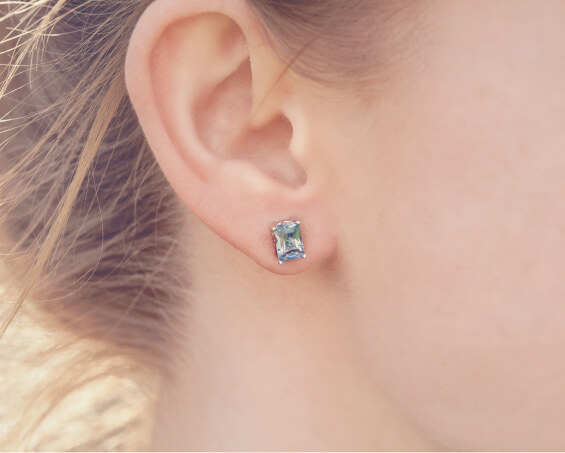
Aquamarine comes from the light pastel greenish blue Beryl gemstone type. Colour of an aquamarine can vary from light green to pale blue. Iron gives aquamarine its beautiful blue colour. Aquamarines come in larger carat sizes and the larger ones are more saturated. Smaller stones can almost be colourless. One of the most famous aquamarines is the Dom Pedro, a 10,363 carat obelisk found in Brazil.
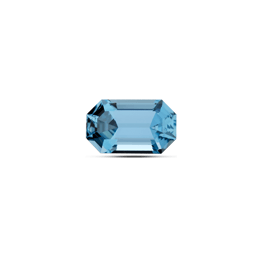

Prime sources of aquamarine are Minas Gerais in Brazil and Karakorum hills in Pakistan. Aquamarines are also mined in the African continent namely in Kenya, Madagascar, Nigeria, Zambia and Mozambique.

Aquamarine has a hardness of 7.5 – 8 on the Mohs scale of hardness. In simple terms this means that the stone can be used in everyday wear jewellery.

Cleaning is also quite easy and can be done using steam cleaning or ultrasonic cleaning in the absence of fractures and liquid inclusions in the gemstone. The old fashioned route using a soft brush, soap and warm water always works to get rid of any residue or stickiness from daily wear.
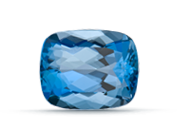
Colour varies from pale blue-green to dark blue shades. The most preferred variety is the bright blue variety featured in many engagement rings.
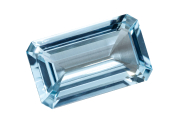
Most aquamarines are eye-clean implying there are no inclusions visible to the naked eye. Aquamarines should be transparent and sparkling.
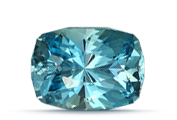
Cut is very important to showcase the brilliance of this sparkly gem. Most standard cuts are suitable.
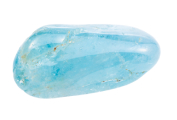
Comes in a variety of sizes from very small to as large as 100 lbs.
It has a soothing colour reminding us of the blue elements of nature and as such has a calming effect. Ancient sailors believed that the stone would calm the sea and keep them safe. The aquamarine is known to harbour inner peace, self-awareness and help people in expressing themselves freely. It is also a stone that enhances the purity of a person and is believed to aid in a happy partnership.